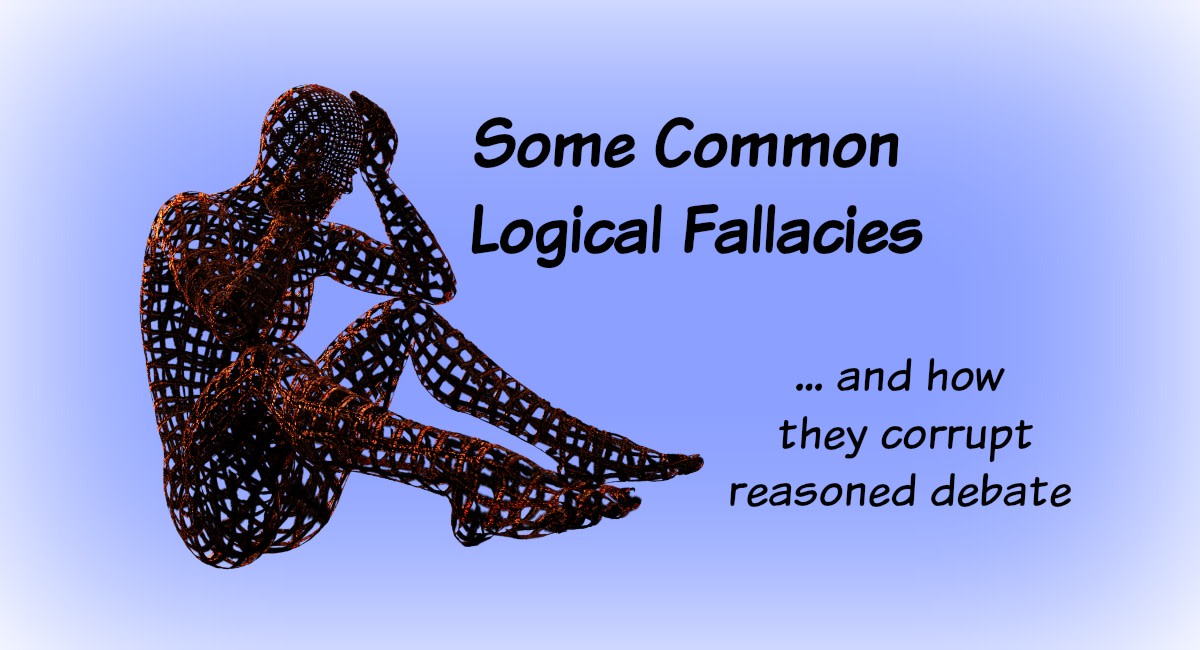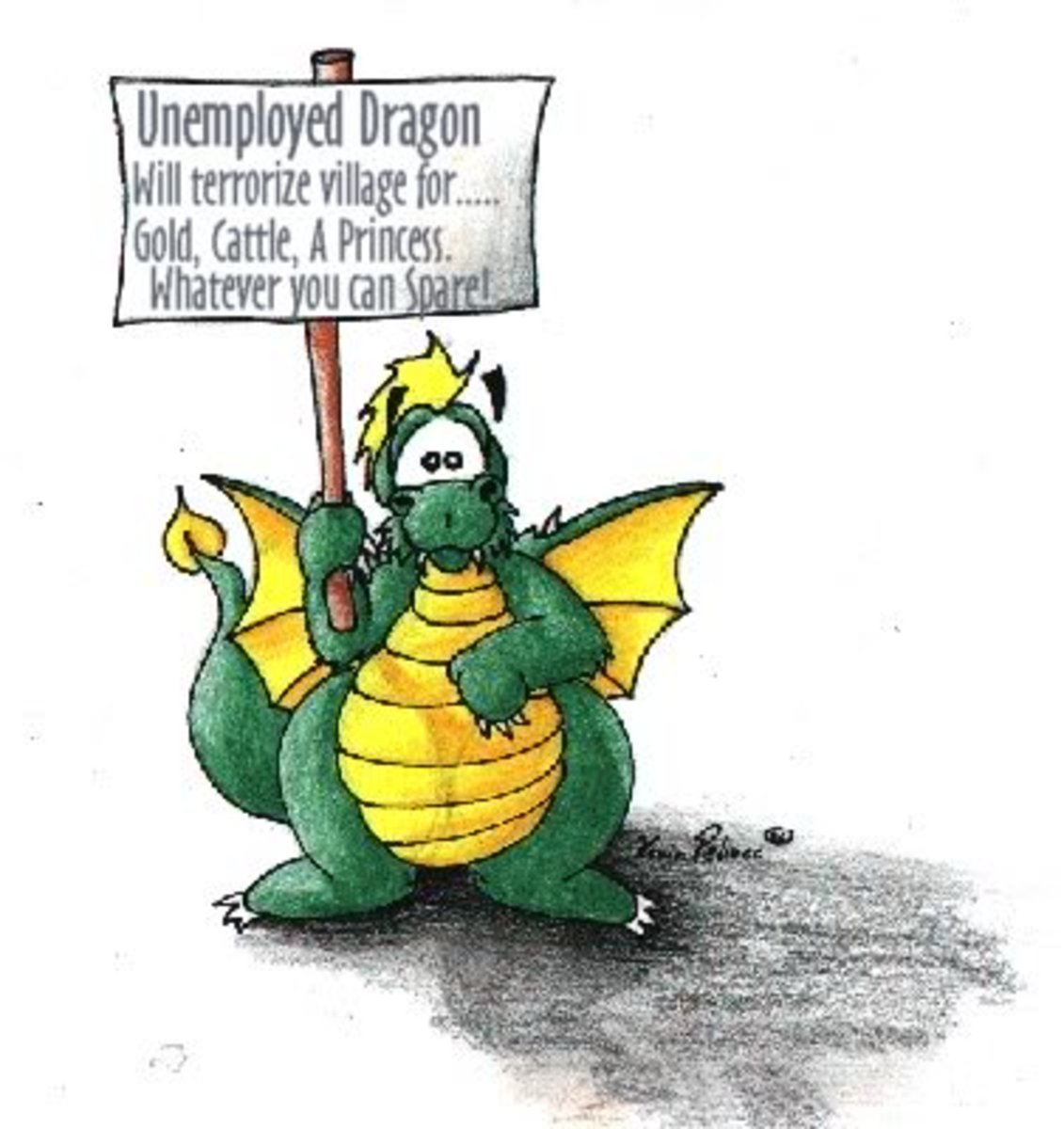Human Resources Study Guide and practice Quiz: Compensating Employees
Take the true/false quiz on slides 21 and 22 of this SHRM PowerPoint program Discretionary Employee Benefits. See the notes section to score yourself.
Select three statements from the quiz that you relate to, either from personal experience or because you feel strongly about the point, and discuss why you chose them.
After reading the SHRM PowerPoint program Discretionary Employee Benefits I took the true/false quiz on slides 21 and 22. I found many of the questions to be interesting, but there were three statements from the quiz that I could relate to and/or felt strongly about the points that they were making. The first statement I found interesting was: “employees often consider what discretionary benefits are available when deciding to work for an employer” (Markel, 2010). I found this statement to be interesting because it was marked as true. When I decided to be employed by the school district that I am an after school counselor for, I never considered what discretionary benefits were available to me. I chose to work there because I enjoy working with children. For me the benefits were never a consideration in my employment, however, I can see how that will change when I begin looking for a full time occupation after I get my degree. The next statement on the quiz that I could relate to from personal experience was: “all employers place the same value on discretionary benefits” (Markel, 2010). This statement was false as all employers place different value on discretionary benefits. For instance, the director of the after school program that I work for often goes out of her way to inform the after school counselors of different ways in which we can take advantage of the benefits that we are offered. There are many employers who only inform their staff of the benefits and then never mention them again. The third statement that I found interesting was: “The Internal Revenue Code does not offer tax incentives to employers for certain discretionary benefits offerings” (Markel, 2010). This statement was marked as false and prior to this presentation I had no idea that the Internal Revenue Code does offer tax incentives to employers for certain discretionary benefits offerings. I found this interesting because it seems like it would be beneficial for employers to offer certain discretionary benefits. I found the statement intriguing because of the fact that the Internal Revenue Code apparently only offers tax benefits for certain discretionary benefits offerings; I found it curious that they did not offer tax benefits for all discretionary benefits offerings.
References
Markel, K. (2010). Discretionary Employee Benefits [PowerPoint slides].
Which of the following is an external factor that can influence the rates at which employees are paid?
The worth of the job
The employees' relative worth
The employer's ability to pay
Cost of living
The worth of a job is determined formally through the wage and salary survey.
True
False
Severance pay plans grant employees weekly benefits in addition to state unemployment compensation.
True
False
The measure of the average change in prices over time in a fixed "market basket" of goods and services is known as:
cost-of-living allowance
cost-of-living adjustment
the consumer price index
the inflation index
Real wages represent the difference between wage increases and cost-of-living increases.
True
False
Clauses in labor agreements that provide for quarterly cost-of-living adjustments in wages, basing the adjustments on changes in the consumer price index, are known as:
maintenance clauses
escalator clauses
roll-up clauses
guarantee clauses
The area from which employers obtain certain types of workers is known as the:
labor market
region
recruiting area
supply region
Raising selection standards and hiring better-qualified employees can reduce training costs.
True
False








